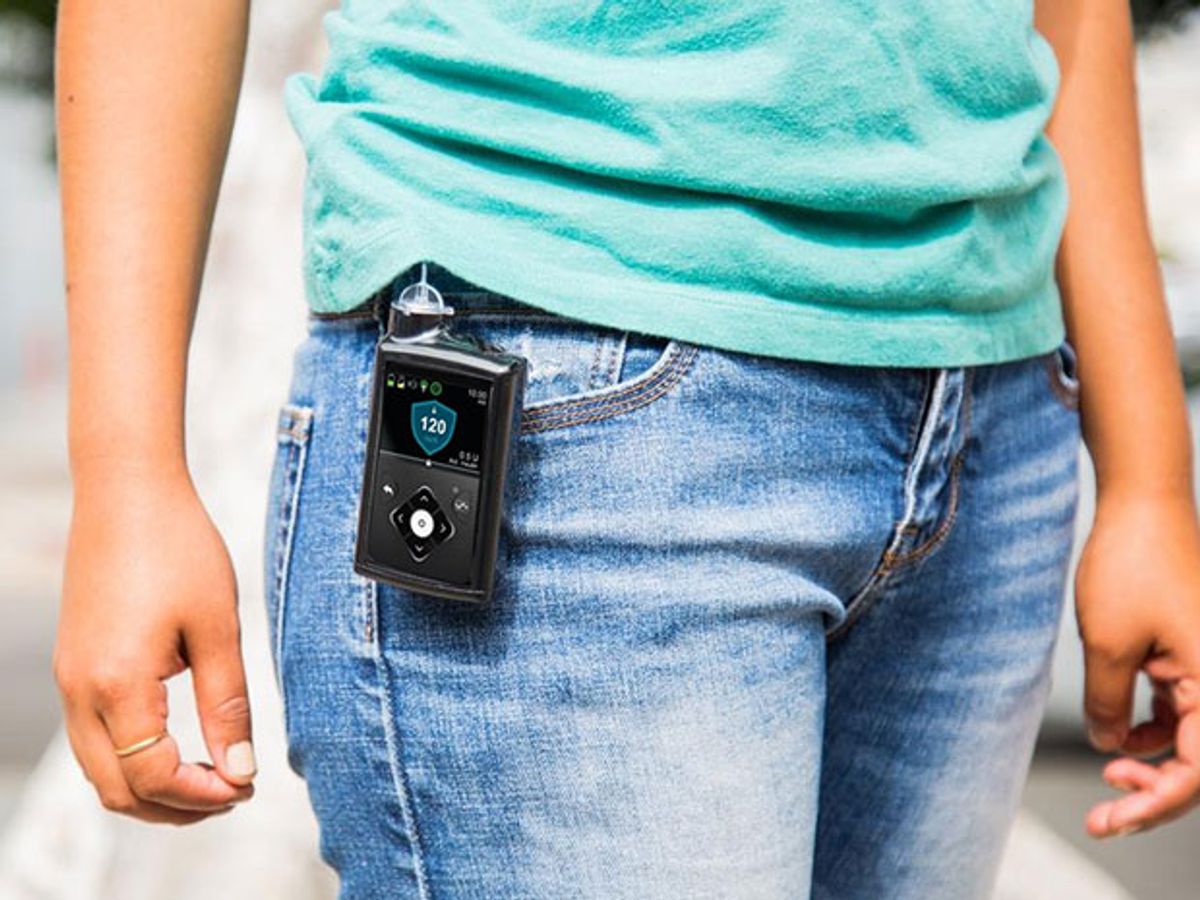Last week, the U.S. Food and Drug Administration approved the first “artificial pancreas” – a device to continuously monitor and adjust insulin levels for individuals age 14 and older with Type 1 diabetes. California-based Medtronic will begin selling the system in the spring of 2017.
The 50-year quest to copy the pancreas, which we profiled in depth last May, involved the development of blood-sugar sensors, pumps, and algorithms. The goal is to combine those parts into a safe, automated, “closed-loop” system that removes the patient from the decision-making loop. The field inches ever closer, but it’s not there yet.
Medtronic’s newly approved device, the MiniMed 670G, was proven safe and effective in a clinical trial of 123 Type 1 diabetes patients over three months. But the system is a “hybrid” closed-loop, according to Medtronic. That is, it still requires patient input, but the company has no plans to stop there.
“We’re not going to rest on our laurels with the hybrid closed loop,” says Medtronic’s head of R&D for diabetes, Ali Dianaty. “We’re pushing to go all the way.”
The current MiniMed 670G is comprised of an insulin pump strapped to the body, an infusion patch that delivers insulin from the pump and a skin sensor to monitor glucose levels. With a set of carefully crafted algorithms—called the SmartGuard HCL—the system is designed to regulate background insulin levels. Patients are still required to count carbohydrates at mealtimes and input that number into the pump; respond to occasional prompts from the pump to make corrections to background rates; and check blood glucose level twice a day to make sure they still agree with the device’s sensor.
A fully closed-loop system that requires no input remains the ultimate goal, says Dianaty. “We’re absolutely working on it.” The company is approaching the goal in phases. First, they’ve focused on automatically handling the background corrections. Since the device already recommends the amount of insulin to add as a correction, the team has worked to turn that into an automatic feature, improving the algorithms so that the corrections don’t over or undershoot safe blood glucose levels. A version of the system with automatic correction is currently being prototyped, says Dianaty.
Next, his team plans to do relatively the same thing for mealtime inputs, but with an added challenge. Imagine a person drinks a milkshake—that’s a lot of glucose suddenly flooding the bloodstream, which the algorithm is unlikely to predict. “We may not be able to make the correction algorithm sensitive enough to react quickly to that kind of an environment,” says Dianaty. Another possibility they’re exploring is including a faster-acting insulin in the pump for such situations.
In addition to pursuing a closed-loop system, Medtronic is halfway through enrollment of a clinical trial testing the MiniMed 670G in children down to age 7. If that goes well, they’ll follow-up with a trial in kids aged 2 to 6. “Kids are much more variable than adults,” says Dianaty. “We want to make sure the algorithm has the smarts to accomodate those levels of variability.”
Megan Scudellari is an award-winning freelance journalist based in Boston, Massachusetts, specializing in the life sciences and biotechnology. She was previously a health columnist for the Boston Globe and has contributed to Newsweek, Scientific American, and Nature, among others. She is the co-author of a college biology textbook, “Biology Now,” published by W.W. Norton. Megan received an M.S. from the Graduate Program in Science Writing at the Massachusetts Institute of Technology, a B.A. at Boston College, and worked as an educator at the Museum of Science, Boston.



